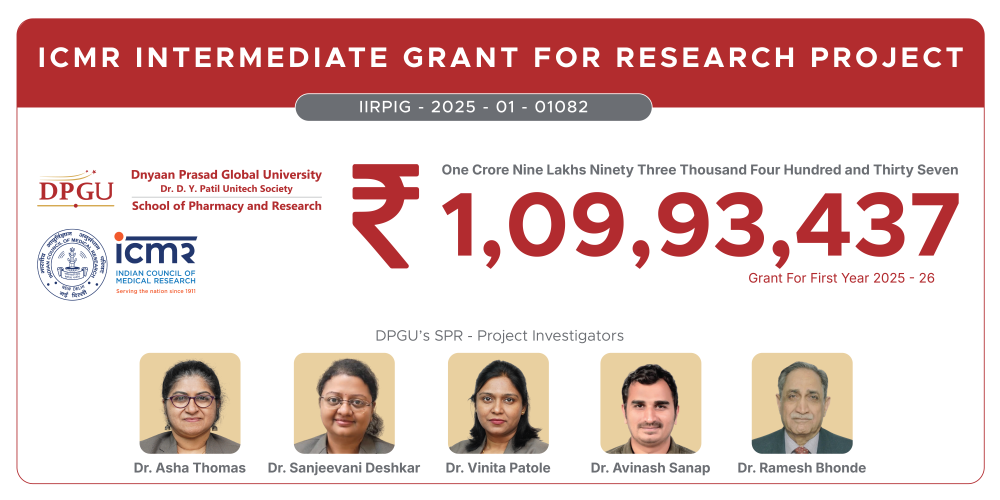Microbial cultures exhibiting poor growth?
August 22, 2022 | Monday | Features | By Bijoy Varma
Lab grown organisms such as bacteria sometimes exhibit poor growth due to various factors that deviate from their natural habitat. Some of the laboratory induced changes that must be taken into account are Growth & maintenance of cultures, Optimum growth temperatures, Methods of sterilization of media that are used to grow them & Glassware for media preparation and the Quality of petri dishes that are used to grow them
Growth & Maintenance of Bacteria:
Growing bacteria in pure culture is still one of the most widely used methods in microbiology. Many bacteria, particularly those that cause diseases and those used in scientific studies, are heterotrophic, which means that they rely on organic compounds as food, to provide energy and carbon. Some bacteria also require added nutritional components such as vitamins in their diet. An appropriate physical environment must be created, where important factors such as temperature, pH, and the concentration of atmospheric gases (particularly oxygen) are controlled and maintained. For short term maintenance & use, a quadrant streak technique of bacteria on rich agar petri plate, like nutrient agar is preferred.
The bacterial cells must not be incubated beyond the desired time; else the cells may die. Agar plates are preferred medium for short term storage of bacteria because it is easy to verify that the plate contains only one type of colony. Alternatively, an agar slant or broth may also be used to grow bacterial cells.
Lyophilization is the best method for the long-term storage of bacterial cells. Under these conditions, the microbial cells are dehydrated and their metabolic activities are stopped; as a result, the microbes go into a dormant state and retain viability for years. Lyophilized or freeze-dried pure cultures are then sealed and stored in the dark at 4°C in refrigerators. Microbial cells can also be stored at very low temperature with a cryo-protectant such as DMSO. Cryopreservation (i.e., freezing in liquid nitrogen at -196°C or in the gas phase above the liquid nitrogen at -150°C) helps the survival of pure cultures for long storage times. It is done in the presence of stabilizing agents such as glycerol or dimethyl sulfoxide (DMSO) that prevent cell damage due to the formation of ice crystals and promote cell survival.
Optimum temperatures to rule-out molds:
Sensitivity of microorganisms to incubation temperature is well known, however there are several different incubation strategies used within pharmaceutical quality control labs that monitor environmental contamination. There is always a balance to be struck between incubation times and temperatures. For fungal growth low temperature of 20-25°C is required and for bacterial growth high temperature of 30-35°C is required. Therefore, it is advisable to check the prepared media for any growth before using it for any culturing or testing purposes. Microbiological media plates may be incubated at different temperatures (for 5 Days) to rule out the growth of molds at 25°C for 72 hours followed by growth of bacteria at 37°C for another 48 hours.
Methods for sterilizing media and glassware:
The thoroughly washed glass ware and most media components are sterilized by heat or steam and the sterilized materials are removed when temperature cools down and used according to the procedure adopted. While the carefully prepared heat-labile components of the media are sterilized using 0.2micron membrane filtration apparatus. Denser media components are sterilized using stacked filters of different pore sizes while the final filter remains 0.2 micron. Apparatus containing glass and silicon tubing, disposable tips for micropipettes, glass bottles with screw caps, magnetic stirrer bars, screw caps, silicon tubing, topper-rubber, silicon, membrane filters may be autoclaved at 15 lb/in2 (=121°C) for 20 minutes. Glassware, glass coverslips, glass slides, instruments, Pasteur pipettes, pipettes, test tubes, etc. may be subjected to heat sterilized using a suitable hot air oven at 160°C/ 1 hour.
Quality of Plastic wares/ Petri Dishes :
Petri dishes used to culture these organisms must be free of Nucleases, Endotoxins, Human DNA, ATP, Heavy metals as seen in ABDOS-make whose products are ideal for Environmental, Water, Food & Beverage Testing, Pharmaceutical Quality Control and Life Sciences applications.
About ABDOS:
ABDOS group is 55 years old and the Life Sciences division of ABDOS has been successful in providing high quality, innovative products that add value and improves lives of people around us. Since 2009, our Life Science products are used extensively in various applications from Research to Drug Discovery or from Quality Control to Molecular Diagnostics
ABDOS Life Science range includes Microbiology, Centrifuge Ware, Liquid Handling Consumables, Standard, Filter and Low Retention Pipette Tips, Cryo Ware, PCR plastic wares, Cell Culture ware, Multipurpose Racks and Boxes, General Laboratory Products, Bench Top Equipment’s and Laboratory Organizers. ABDOS has also launched Horizontal and Vertical electrophoresis systems along with suitable power packs to complement the range. For more information, please contact: labtech@abdosindia.com
To know more click here:
Author :
Bijoy Varma (Head–Marketing & Strategy)










